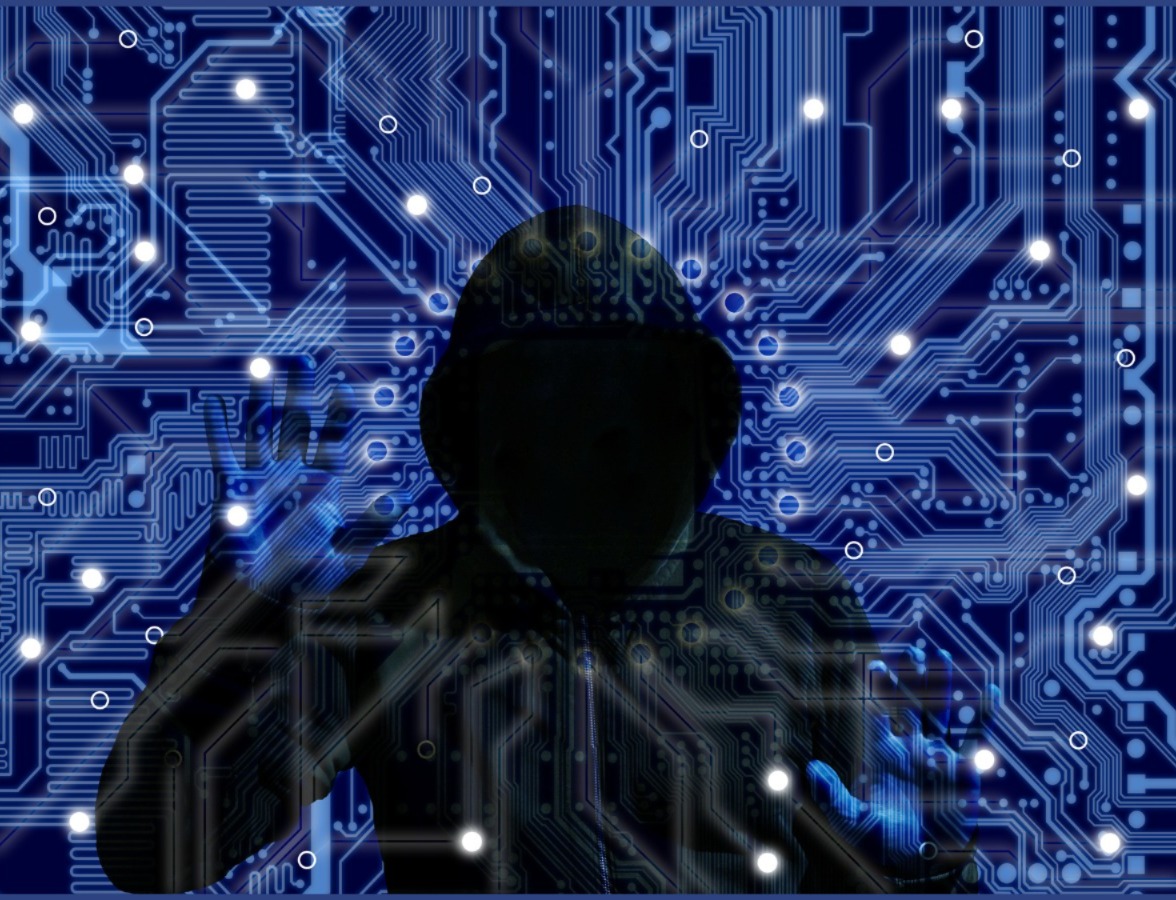
As 2025 unfolds, the cybersecurity landscape is changing faster than ever before. With the attack surface expanding and attackers getting sophisticated, organizations need to adapt to new trends and adopt innovative approaches to risk mitigation. In this context, Deception Technology emerges as one of the most effective solutions to address these challenges. Let’s explore Key Cybersecurity Predictions for 2025 and how Deception Technology can address them.
Cybersecurity Predictions for 2025
- Smarter attacks using AI
Attackers are leveraging AI and machine learning to create more advanced attack techniques. This includes AI-powered phishing, which automatically identifies vulnerabilities and adaptive malware that traditional defence mechanisms are increasingly unable to cope with. - Ransomware is here to stay
Ransomware-as-a-Service is going to further democratize cybercrime by putting the capabilities of conducting ransomware attacks into the hands of non-technical people. In such a scenario, more ransomware attacks are very much expected, majorly targeting critical infrastructures, healthcare and financial institutions. - Growth of the Internet of Things (IoT) Threat Attack Surface
As billions of IoT devices come into use, the attack surface has expanded significantly for cybercriminals. These devices often lack strong security features, making them easy targets for exploitation. - Regulatory Pressures & Compliance Challenges
Stricter cybersecurity guidelines — Governments and regulatory bodies are rolling out strong cybersecurity laws across the globe. Compliance is not optional, and organizations need to invest in technology and processes to remain compliant and avoid penalties. - Rise in Supply Chain Attacks
Vulnerabilities in supply chains will stay at the forefront of threats for attackers. By targeting a single supplier, adversaries can access a wide-reaching network of victims, magnifying the damage inflicted by their attacks. - Growing Emphasis on Zero Trust Architecture
Given how perimeter-based security models are becoming ineffective, organizations will align with a Zero Trust model that focuses more on continuous verification and least-privilege access. - Critical Infrastructure and OT Security Under Pressure
Operational Technology (OT) powering critical infrastructure like power grids and water systems is a new target of cyberattacks. Due to widespread digitization, the threat from malware and ransomware also increases. Organizations will need stronger defences like real-time monitoring and advanced threat detection.

How Deception Technology can help Combat Cyber Threats?
Serving as a proactive cybersecurity measure, deception technology creates realistic decoys and traps designed to appear as legitimate IT assets. These decoys attract attackers, luring them into revealing their presence, tactics and goals, which provides defenders with critical insights and time to respond.
Deception Technology plays a vital role in addressing key cybersecurity challenges. It can:
- Detect and divert AI-driven attacks by luring attackers into fake systems, providing valuable insights to strengthen defences.
- Stop ransomware early by using decoys that mimic critical systems, offering organizations time to respond.
- Protect IoT devices by confusing attackers with fake devices, keeping real ones safe and revealing threat sources.
- Support regulatory compliance by demonstrating proactive threat detection and response capabilities.
- Secure supply chains by monitoring for unauthorized activity and preventing the spread of attacks.
- Enhance Zero Trust security by trapping attackers in fake environments where they can’t cause harm.
Conclusion
In 2025, as organizations face highly sophisticated cyber threats, it calls for multiple vectors of defence. Deception technology offers a special kind of advantage since it changes the rule on the attacker to make him invest in resources and reveal his identity. Deception technologies are designed to make a business enhance their security, regulatory compliance and better protection against upcoming digital threats when used in a manner to complement their cybersecurity measures.

Comments are closed